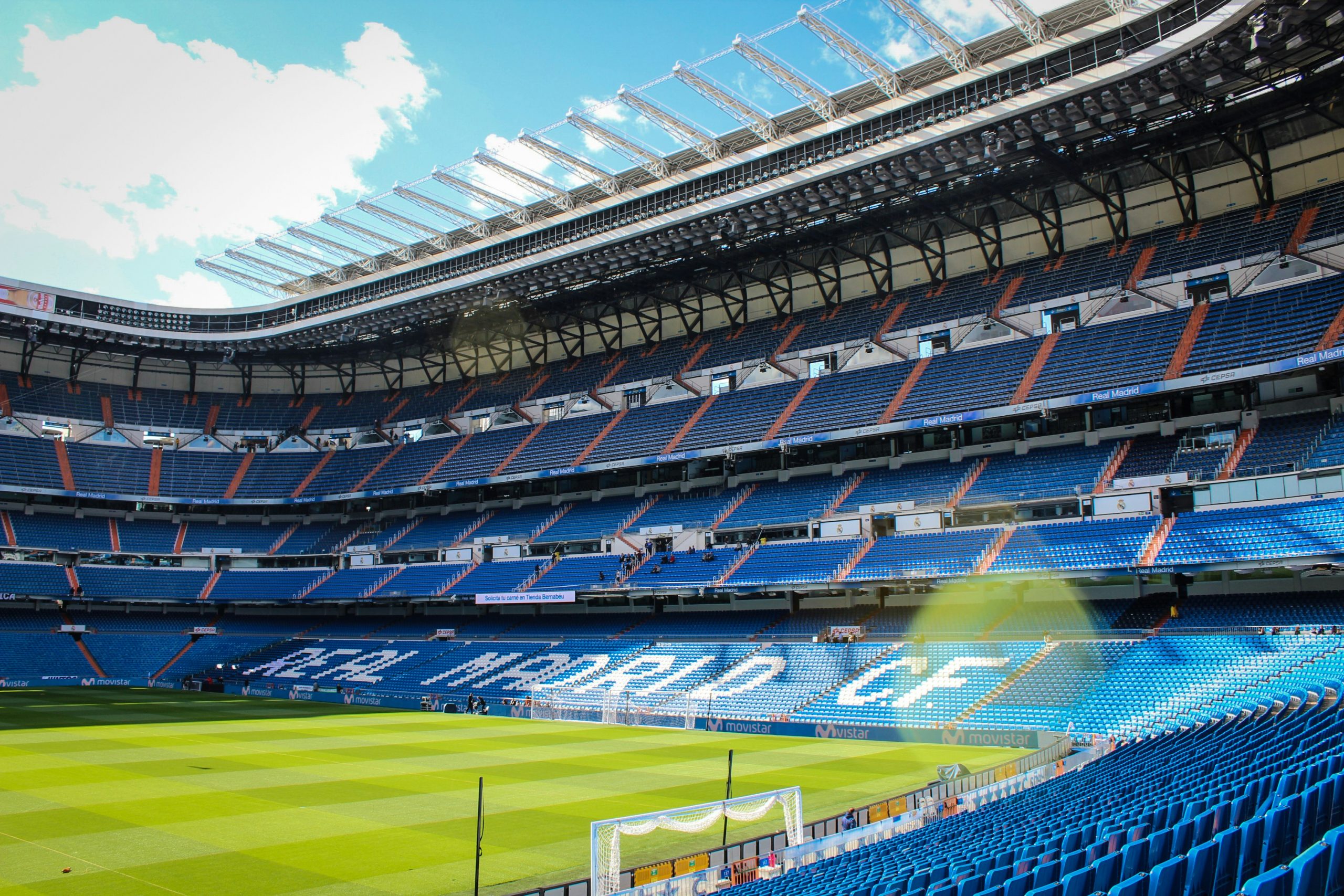From Stadiums to Skyscrapers: The Impact of Sports on Urban Development and Real Estate

Sports stadiums bring life to cities in ways nothing else can. When a game is on, the area buzzes with energy. But it’s not just about the game. These places shape our cities. They lead to new buildings and homes, making our skylines grow and change. Think of them not just as places to watch sports but as key players in how our cities look and feel. It’s a story about growth, change, and how sports can help cities evolve.
Let’s get into more detail about how the sports industry doesn’t just entertain but also energizes and transforms urban areas.
Revamping Cities with Sports
Sports facilities set off big waves in city development, sparking growth in businesses and real estate. They draw crowds, lift property values, and create jobs, feeding a healthier economy. These arenas do more than host games—they kickstart upgrades in transport and breathe life into neglected areas with green and intelligent construction. This leads to vibrant, packed neighbourhoods, proving sports arenas are vital in shaping dynamic cities.
Here’s a closer look at how sports contribute to urban renewal and become integral parts of a city’s identity:
Higher property values
Sports hubs can significantly increase the value of nearby properties. Having a stadium or arena in the vicinity is not just about convenience—its presence boosts real estate prices, benefiting homeowners and landlords. With increased demand from fans and investors, these properties have become sought after. Just make sure you have title insurance!
Local businesses flourish
Green and smart construction
Sports arenas favour green and innovative construction practices out of necessity—these buildings are typically large and consume a lot of energy. These sports facilities become an example of environmentally friendly urban development by incorporating sustainable measures such as renewable energy sources, efficient lighting systems, and water management solutions. This approach can also inspire other construction projects in the city to follow suit.
Transportation upgrades
Significant sports events often lead to creating or improving things like roads, public transport, and parking places. While these updates make it easier for fans to get to the games, they also have long-term benefits for people living in the area. Improved transport can make daily travel smoother, help reduce the number of cars on the road, and make the air cleaner by reducing pollution.
New real estate markets
The influence of sports on real estate expands beyond the simple development of infrastructure and associated businesses. We’ve seen landmark structures rise to symbolize athletic prowess and redefine the cityscape. These lofty beacons are often the physical manifestations of broader urban visions.
From luxury condominiums with a stadium view to expansive mixed-use developments designed to cater to the sports enthusiast lifestyle, the impact on real estate is as diverse as it is pervasive. These properties often come with a premium, reflecting the added value of proximity to the action.
It paves the way for more investments
The economic benefits of sports events and facilities hold significant potential for encouraging city officials to channel investments into their locals. The allure of augmented revenue streams from tourism, the prospect of new job opportunities, and the overall stimulation of local economies present a compelling case for municipal governments to support sports-related initiatives. Such investments not only lead to the enhancement of community infrastructure and services but also contribute to the overall well-being of the populace.
Challenges in Sports-Driven Real Estate
Sports can be a unifier, bringing diverse communities together around a shared passion. But no surge is without its undertow. The investment and development frenzy that often accompanies sports-led real estate can lead to issues of affordability, gentrification, and equitable access. Residents may find themselves priced out of their neighbourhoods, and small businesses need help to compete against larger, often sports-oriented, enterprises.
Navigating these challenges requires balancing fostering economic growth and safeguarding the community’s interests. Developers, city officials, and community leaders must be mindful of the overarching goals of sustainable, inclusive urban development to create spaces that are not only economically vibrant but also socially and environmentally responsible.
Wrapping Up
Sports shape our cities more than we think. They unite people, boost local economies, and influence our neighbourhoods’ construction. Think about it: stadiums, parks, and arenas don’t just host events; they become landmarks and hubs for businesses and homes. This connection between sports and how we design cities is changing the game. It’s making us rethink what our urban spaces can do for fans and everyone who calls a city home.
The link between sports and city life will strengthen as we progress, opening new doors for development and community engagement. It’s an exciting time to watch and be part of this evolution!
Sophia Young quit a non-writing job to finally be able to tell stories and paint the world through her words. She loves talking about the latest marketing and business trends, blockchain, cryptocurrency, finance-related topics, and much more.
Stay tuned!

- Contacto DPO: privacy@telecoming.com
- Finalidad del tratamiento: suscripción al blog.
- Legitimación del contrato: consentimiento.
- Destinatario de cesiones o transferencias: no se efectúan transferencias de datos fuera de la UE.
- Derechos de las personas interesadas: acceso, rectificación, supresión, oposición, limitación del tratamiento, portabilidad de los datos e interposición de reclamación ante la AEPD.
